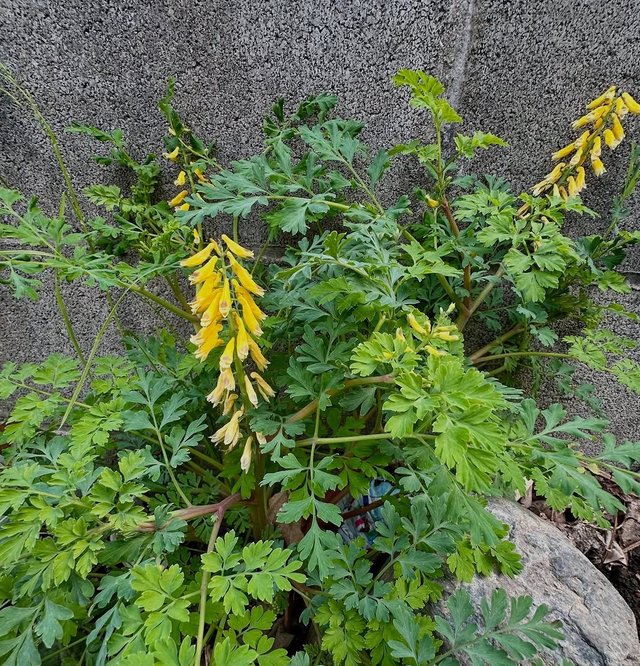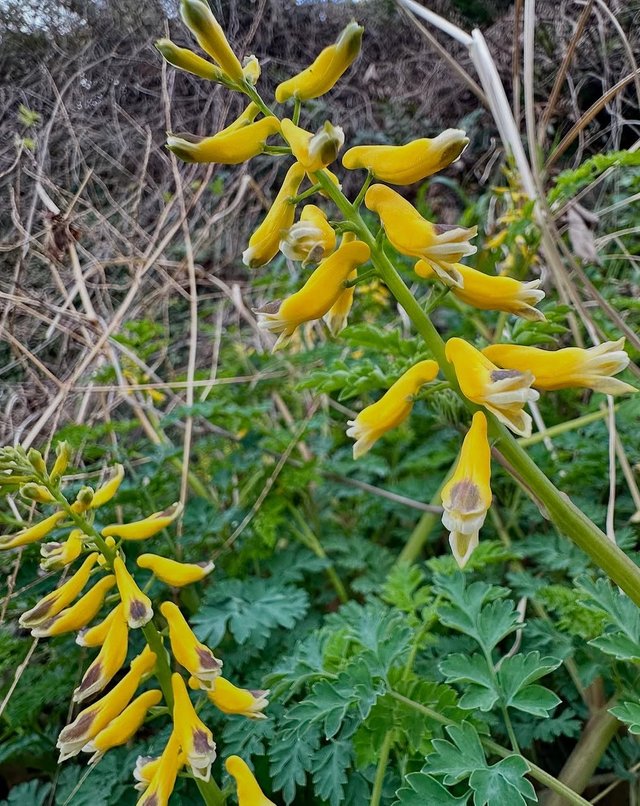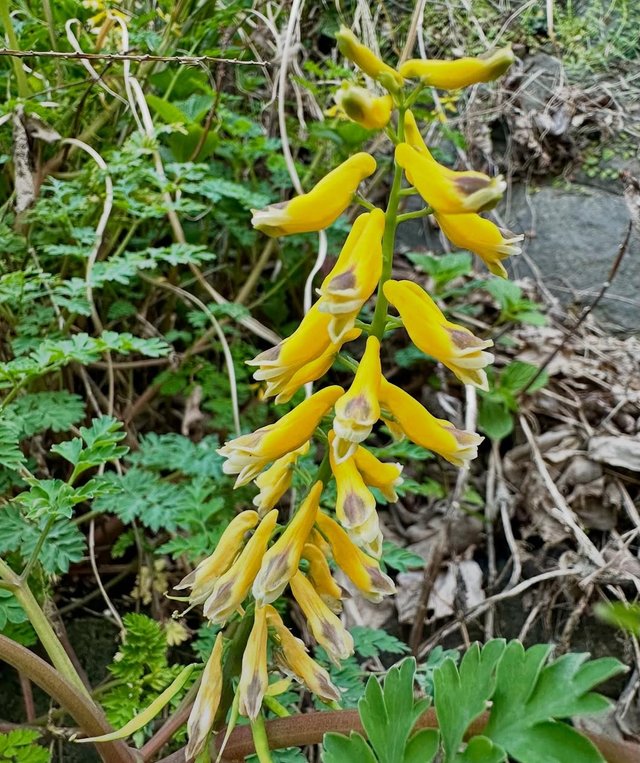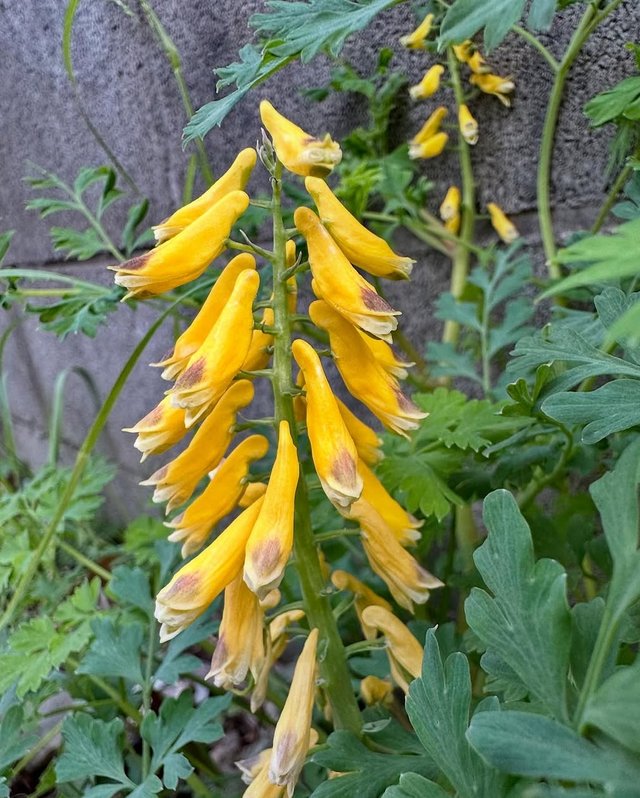Corydalis So Beautiful Flower
Corydalis: Nature’s Hidden Gem for Pain Relief and More
Corydalis may not be the first name that comes to mind when thinking of healing herbs or vibrant garden plants, but this lesser-known genus carries a wealth of history, pharmacological interest, and natural beauty. Found primarily in the Northern Hemisphere, Corydalis bridges the worlds of traditional herbal medicine and modern botanical science, offering a fascinating glimpse into how nature can heal and inspire.
Botanical Background
The name Corydalis comes from the Greek word korydalis, meaning “crested lark,” due to the resemblance of the flower’s shape to a lark’s head. This genus is part of the Papaveraceae family and includes over 400 species, ranging from delicate perennials to robust alpine dwellers.
Native mainly to China, the Himalayas, and other parts of East Asia, Corydalis species thrive in temperate climates, often in shaded forests or mountainous regions. The plants produce slender, tubular flowers in a range of colors—blue, purple, yellow, and pink—that make them attractive additions to shaded garden beds.
Traditional and Medicinal Uses
One of the most studied species is Corydalis yanhusuo, a plant that has been used in Traditional Chinese Medicine for centuries. Its tuberous root is the prized component, traditionally ground and used to promote circulation, relieve pain, and treat various ailments including:
Headaches
Menstrual cramps
Chest and abdominal pain
Insomnia
Mild depression or emotional distress
The key active compound in Corydalis yanhusuo is tetrahydropalmatine, an alkaloid that has drawn significant scientific attention. THP has shown potential as a natural analgesic, offering pain-relieving properties without the risk of addiction commonly associated with synthetic opioids. Some studies also suggest it may have sedative and anti-anxiety effects, making it useful for calming the nervous system and promoting restful sleep.




%20(9).jpeg)